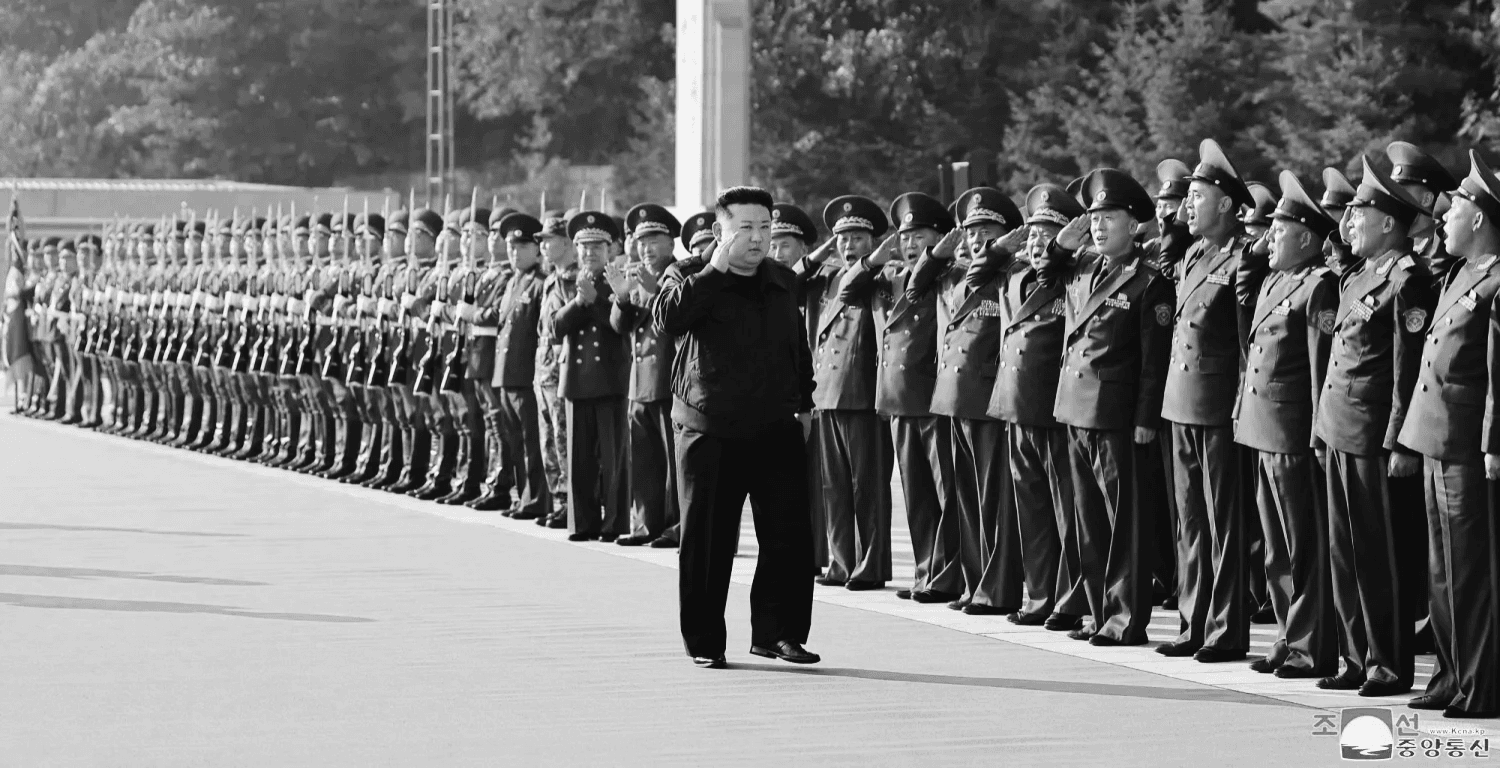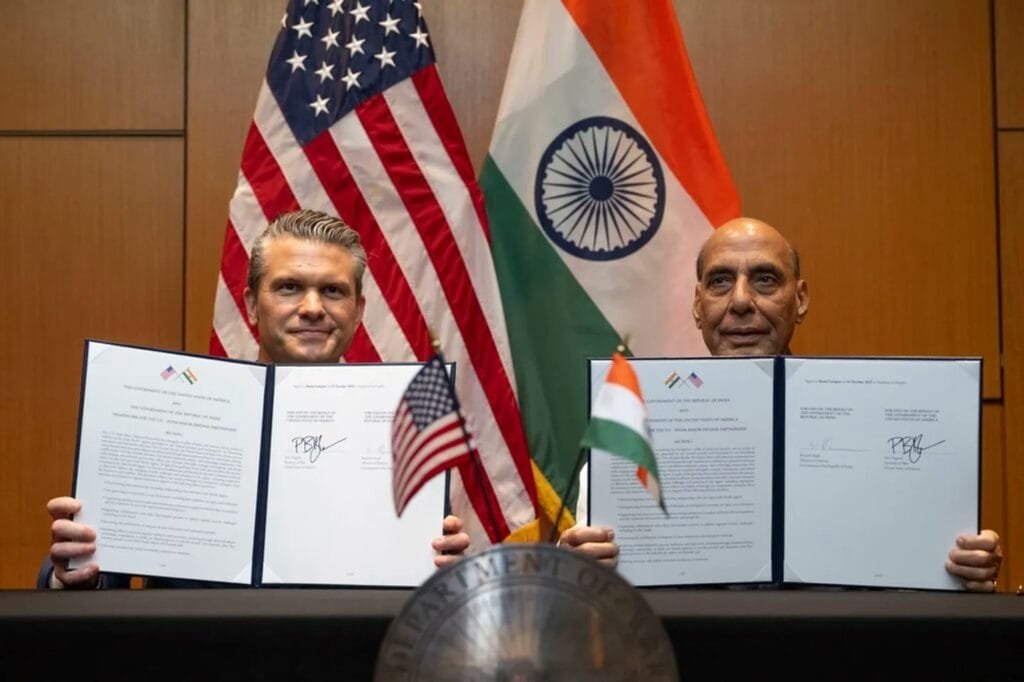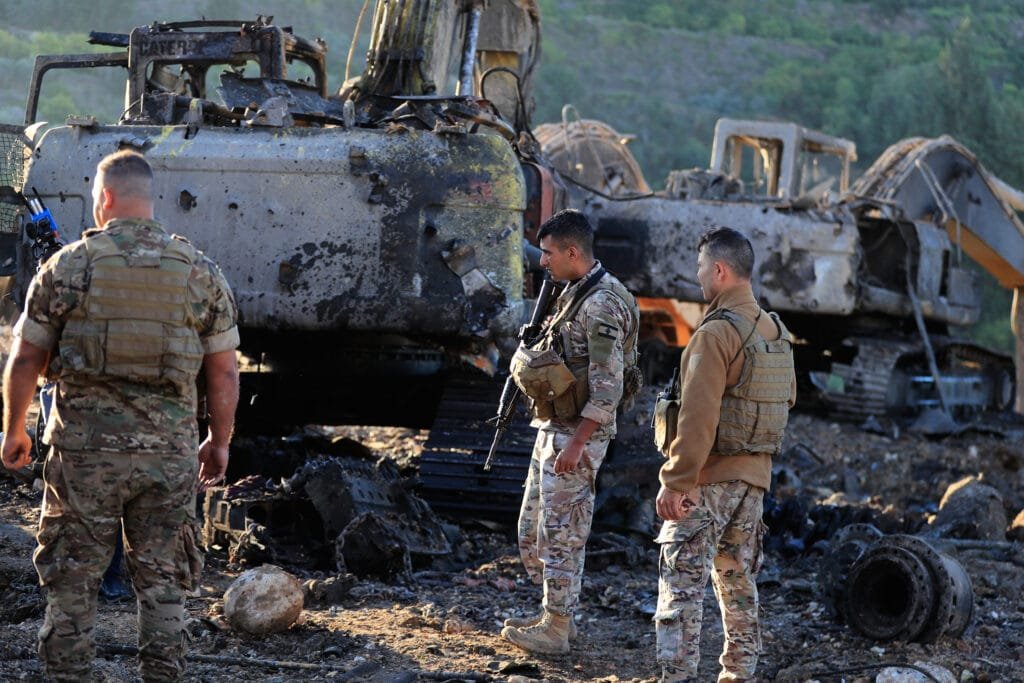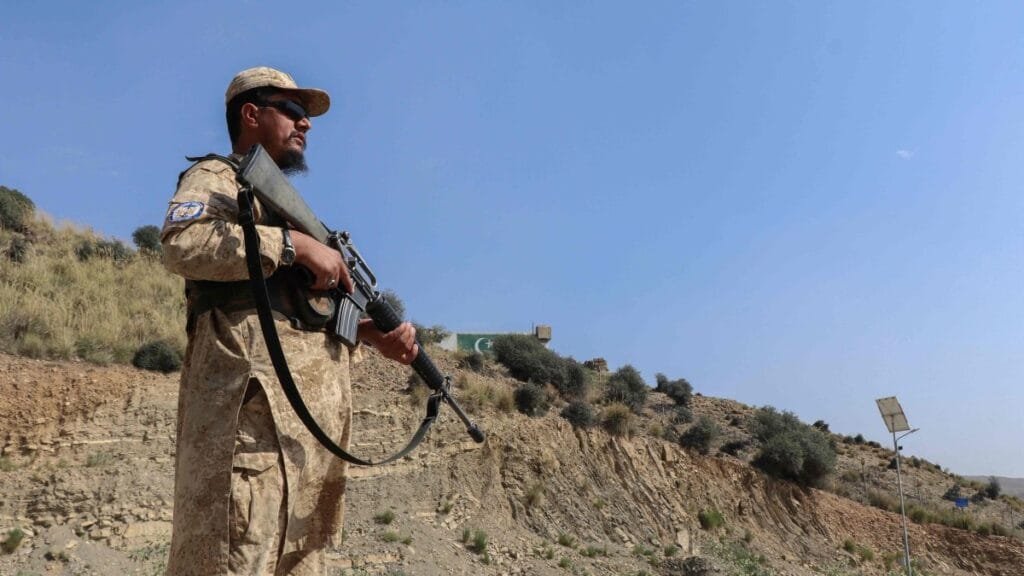For decades, North Korea was regarded as a relic of the Cold War, isolated, impoverished, and militarily stagnant. That perception no longer fits today’s reality. Under Kim Jong Un’s leadership, Pyongyang has embarked on a sweeping military modernization program, integrating advanced technologies such as artificial intelligence, unmanned systems, and automated warfare to transform the Korean People’s Army into a far more sophisticated and unpredictable force.
Recent military displays and intelligence assessments reveal a country rapidly upgrading its arsenal. The unveiling of the solid-fuel Hwasong-18 intercontinental ballistic missile marked a decisive leap in readiness and survivability, allowing North Korea to launch faster and evade detection more easily. Alongside it, the development of hypersonic glide vehicles has introduced a new dimension of threat, with regional defense planners warning that these maneuverable warheads could render traditional interception systems obsolete. Japan’s forthcoming 2025 Defense White Paper already identifies the North’s hypersonic program as a “grave and imminent threat,” underscoring how deeply Pyongyang’s advances have unsettled its neighbors.
Equally striking is North Korea’s move toward digitized, unmanned warfare. State media has increasingly highlighted AI-enabled drones, autonomous ground vehicles, and automated battlefield networks designed to improve surveillance, targeting, and logistics. Analysts believe Pyongyang has studied the evolving tactics in Ukraine and is adopting similar innovations, demonstrating a shift from manpower heavy doctrine toward a leaner, technology driven military model. This emphasis on automation not only compensates for economic and manpower constraints but also signals Kim Jong Un’s intent to break free from the stereotype of a backward, low-tech army.
At sea, North Korea has tested submarine-launched cruise missiles to diversify its deterrent and strengthen its second-strike capabilities. Its investment in electronic warfare systems capable of jamming radar and communications suggests a broader strategic aim: to develop a flexible, asymmetric force that can offset conventional weaknesses while complicating enemy planning. Together, these advancements amount to a multidimensional modernization effort, one that challenges assumptions about North Korea’s technological limits.
Crucially, this transformation has been bolstered by Pyongyang’s tightening partnership with Moscow. The recently signed mutual defense pact provides diplomatic and technological cover, insulating the regime from isolation while opening new channels for economic cooperation. Western analysts believe North Korea has benefited from Russian technical exchanges and munitions trade, fueling modest but notable economic growth—the fastest since 2016. Arms exports to Russia, alongside limited sanctions evasion networks, have helped fund new defense projects and sustain domestic production lines despite international restrictions.
Observers like Ankit Panda note that Kim’s goal is as much political as it is military: to rebrand North Korea as a modern, capable power rather than a dependent state frozen in the past. This narrative shift complicates Western strategies, as the traditional playbook of sanctions and pressure has failed to halt Pyongyang’s progress. The country’s technological self-sufficiency, reinforced by Russian backing and steady industrial output, is gradually eroding the effectiveness of isolation tactics.
North Korea’s evolving military posture presents a dilemma for regional powers and the West alike. A nuclear-armed state that now pairs deterrence with advanced conventional systems poses a far more complex challenge than before. Its growing ability to deploy unmanned swarms, hypersonic weapons, and AI-driven command structures means that any future confrontation could escalate faster and with less predictability.





